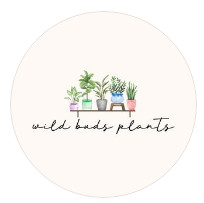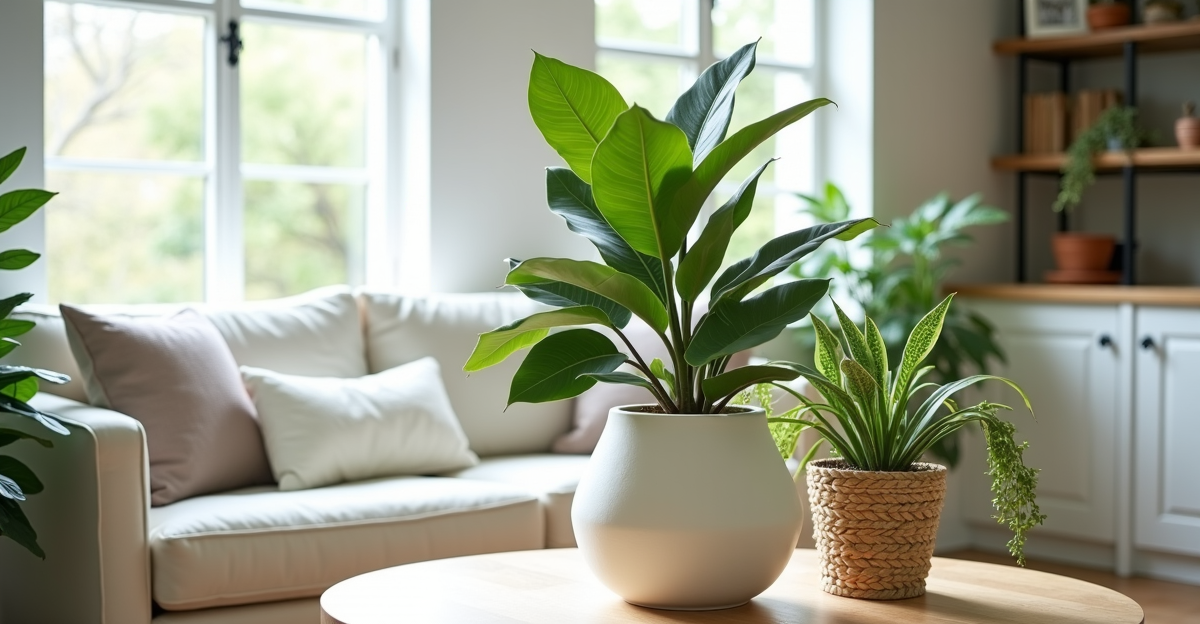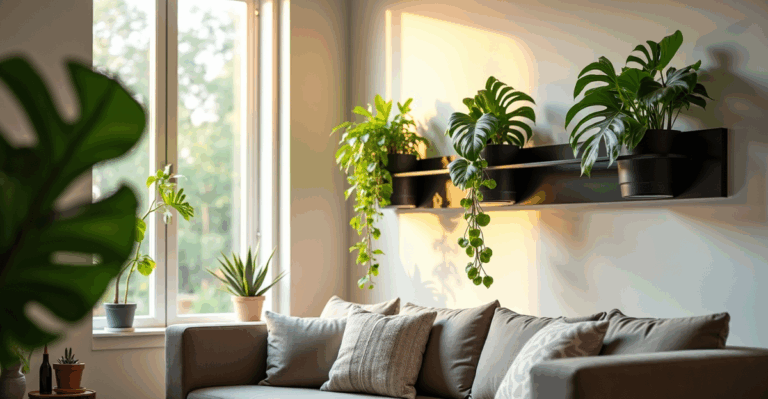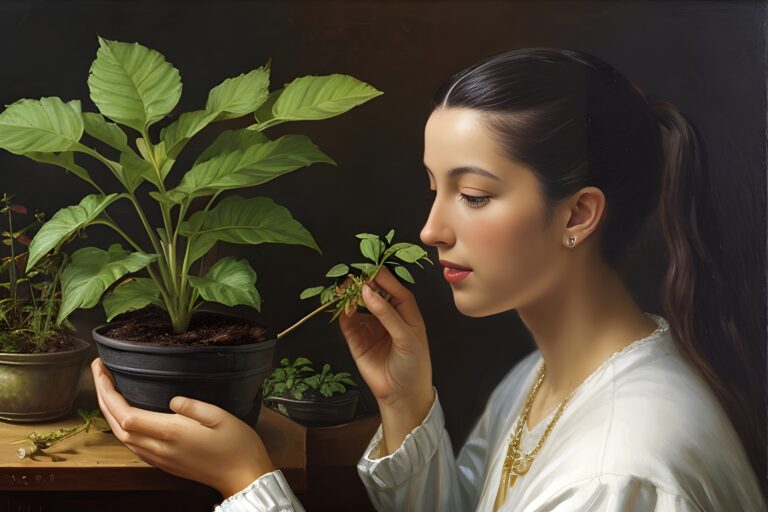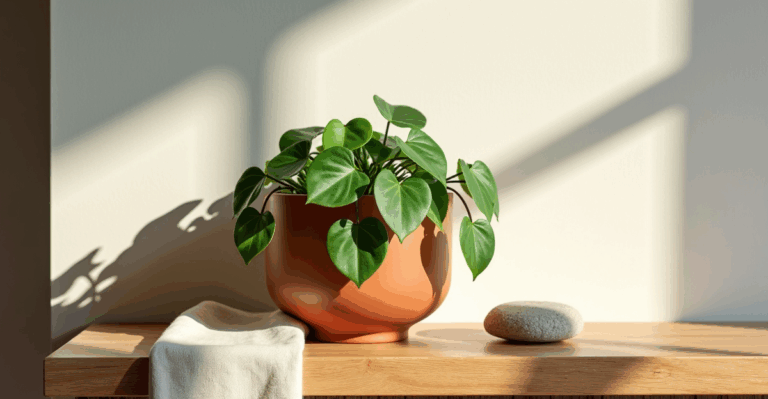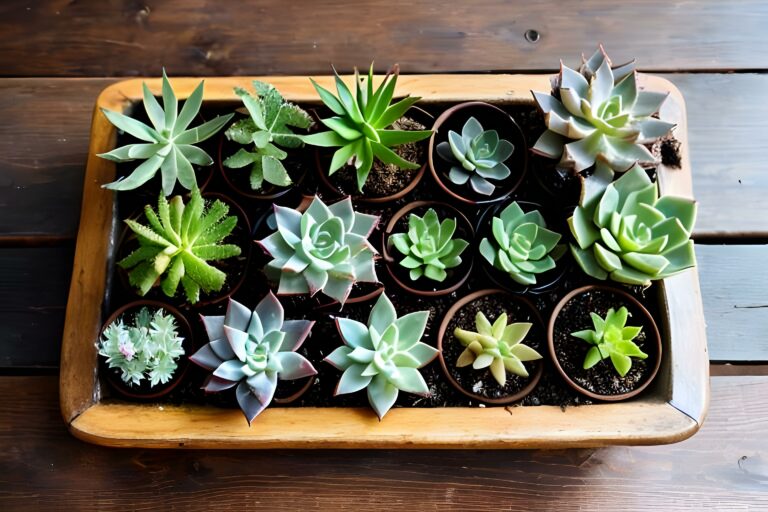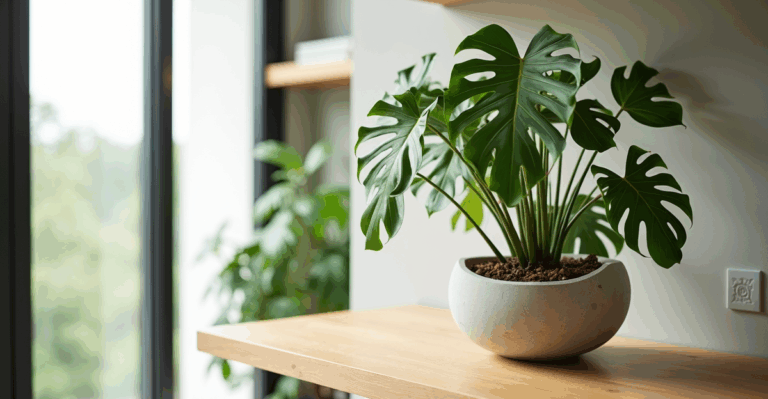Your Modern Farmhouse Living Room Needs More Than Just a Pothos: Textures, Planter Pairs, and Balance
Picture this: You’ve got the reclaimed wood coffee table, the linen throw pillows, the soft neutral palette. It feels warm, lived-in, right. But somewhere, a single, slightly leggy pothos in a generic plastic pot sits on the side table, looking… out of place. Not wrong, exactly, but missing something. The texture. The intention. That’s the modern farmhouse living room plant mistake we’ve all made: treating plants like an afterthought, not the living, breathing textural anchor they should be.
Real talk? It’s not about adding more green. It’s about curating the right green, in the right vessel, placed with purpose – balancing the clean lines of farmhouse with the organic, tactile soul of plants. It’s about understanding that your east-facing window (hello, gentle morning light!) isn’t just a spot for a snake plant; it’s the reason a Calathea might thrive there, while a ZZ plant would just… wait.
Why “Farmhouse” Needs Texture, Not Just Greenery
Modern farmhouse style thrives on contrast. Think smooth, pale plaster walls against rough-hewn wood, soft linens against sturdy cotton. Plants aren’t just “green”; they’re textural elements – the feathery fronds of a bird’s nest fern, the waxy, deep green of a monstera, the delicate, lacy leaves of a philodendron. Placing a single, large-leafed plant on a minimalist console creates instant visual weight and interest. But stacking three identical pots? That’s just a cluttered shelf. We need variation in form, size, and how the plant is held.
Your Window is Your North Star (Literally)
Stop guessing about light. Know your space. A south-facing window (direct sun most of the day)? That’s for sun-loving giants like fiddle leaf figs (but watch for scorch!) or snake plants. East-facing? Gentle morning light is perfect for most Calatheas, prayer plants, and smaller monstera. North-facing? Low, consistent light – ideal for heartleaf philodendrons, ZZ plants, or peace lilies if you have bright, indirect light. West-facing? Hot afternoon sun – needs careful placement (a sheer curtain, a few feet back) for most plants.
Real-life example: My living room’s east-facing window gets soft light from 7 AM to 2 PM. I’ve placed a small Monstera deliciosa (with a moss pole for support) in a medium, textured ceramic pot right beside it. The gentle light keeps it happy, the moss pole adds vertical interest without overwhelming the space, and the ceramic pot’s subtle ridges echo the roughness of the wood coffee table. It’s not just a plant; it’s a textural conversation.
The Hidden Work: Planter Choices That Make or Break the Look
This is where most people stumble. They buy a beautiful planter without considering the plant’s root needs or the room’s reality.
- Drainage vs. Cachepot: Always use a pot with drainage holes for your plant. Then place it inside a decorative cachepot (or liner). Why? Because it’s the only way to prevent root rot from water sitting in the bottom. Yes, it’s a bit more work (emptying the cachepot after watering), but it’s non-negotiable for healthy plants. Forget that “self-watering” pot that claims to solve everything – they often lead to overwatering if you don’t adjust your watering habits and they rarely suit plants needing excellent drainage (like succulents or calathea in LECA).
- Weight & Material: A huge, heavy concrete planter on a fragile farmhouse side table? Bad idea. It’s a safety hazard and it kills the airy feel. Lighter materials like ceramic, woven fiber, or even our 3D-printed options keep things feeling open. And they don’t weigh down the room like a heavy stone pot might.
- Shape Matters: Farmhouse style leans towards organic, slightly imperfect shapes. Avoid perfectly symmetrical, ultra-modern pots if your space has warm, rounded edges. A slightly irregular ceramic pot or a woven seagrass liner feels more intentional than a factory-finished cylinder.
Edge case: Trying to put a large monstera in a small, heavy cachepot? It’ll look unstable, and the plant might tip. Or using a smooth glass pot without a liner – the water stain inside will be visible, ruining the clean look.
Creating Balance: The Art of Intentional Placement
Balance isn’t about symmetry (farmhouse isn’t that rigid). It’s about visual weight and flow.
- The “Anchor” Plant: Place one larger, more textural plant (like a mature monstera or a fiddle leaf) in a spot that draws the eye – maybe beside the sofa, or at the end of the coffee table. This is your main texture point.
- The Supporting Cast: Add smaller, complementary textures around it. A small, leafy philodendron on a side table (in a different texture), a trailing pothos on a shelf (in a woven pot), a tiny air plant in a dried moss sphere on the mantel. Mix pot materials: a smooth ceramic for the monstera, a rough-textured terracotta for the philodendron, a woven seagrass for the pothos.
- The “Gap” Rule: If your coffee table has a large, empty space, don’t just pile on plants. Leave a little breathing room. A single, well-placed plant feels more intentional than three crowded ones.
Mini-case: Our living room has a large, open shelf. Instead of filling it with three identical planters, we placed a small Calathea (in a subtle, matte grey ceramic pot) on the left, a medium pothos in a woven rattan pot on the right, and a tiny succulent in a smooth, white ceramic pot centered between them. The textures (wavy Calathea leaves, woven pothos, smooth succulent) create rhythm without feeling like an arrangement. The different pot materials echo the different textures of the plants.
Beyond the Pot: The Small Things That Make a Difference
- Protecting Surfaces: Always use a tray under your plants, especially if they’re in a cachepot. A simple, neutral ceramic or wood tray hides water spots and protects your furniture. It also makes cleaning easier.
- Moss Poles & Support: For climbing plants like monstera or philodendron, a moss pole isn’t just for the plant – it adds vertical texture and a subtle natural element without needing extra pots. It’s a key farmhouse texture hack.
- LECA/PON & Humidity: If you use LECA (clay pebbles) for your Calathea (like I did in my north-facing bedroom), remember it holds less moisture and needs more humidity. Mist the leaves daily or place a humidity tray nearby. Don’t expect it to be a “set it and forget it” solution – it’s a trade-off for a cleaner look. A regular potting mix might be easier for beginners in that low-light space.
- Seasonal Shifts: In winter, light is weaker, and indoor air is drier. Water less (let the top 2-3 inches dry), and consider a small, quiet humidifier near your plants. In summer, increase misting or move plants slightly away from hot windows.
The Farmhouse Planting Mindset: It’s About the Feeling, Not Just the Things
Modern farmhouse living rooms with plants aren’t about collecting the rarest plant or the most expensive pot. It’s about finding plants that live well in your space, using pots that work with your style and your reality (drainage, weight, light), and arranging them to create a feeling of calm, organic warmth. It’s about knowing that your east-facing window is your best friend for the Calathea, that a smooth ceramic pot balances a rough wood table, and that a small, well-placed plant does more for your room than a dozen crowded ones.
The magic happens when the plant, the pot, and the space all feel like they belong together. It’s not accidental; it’s intentional. And that intentionality is what makes a modern farmhouse living room feel truly, deeply lived-in.
We use these in our own setups, and they’re a joy to style—discover our 3D-printed planters.
- Textural Balance > More Plants: A single, well-chosen plant in a complementary pot creates more impact than three mismatched pots.
- Know Your Light: Match your plant to your window’s specific light, not just a vague “bright indirect” label.
- Drainage is Non-Negotiable: Always use a pot with drainage holes, and a liner/cachepot for looks.
